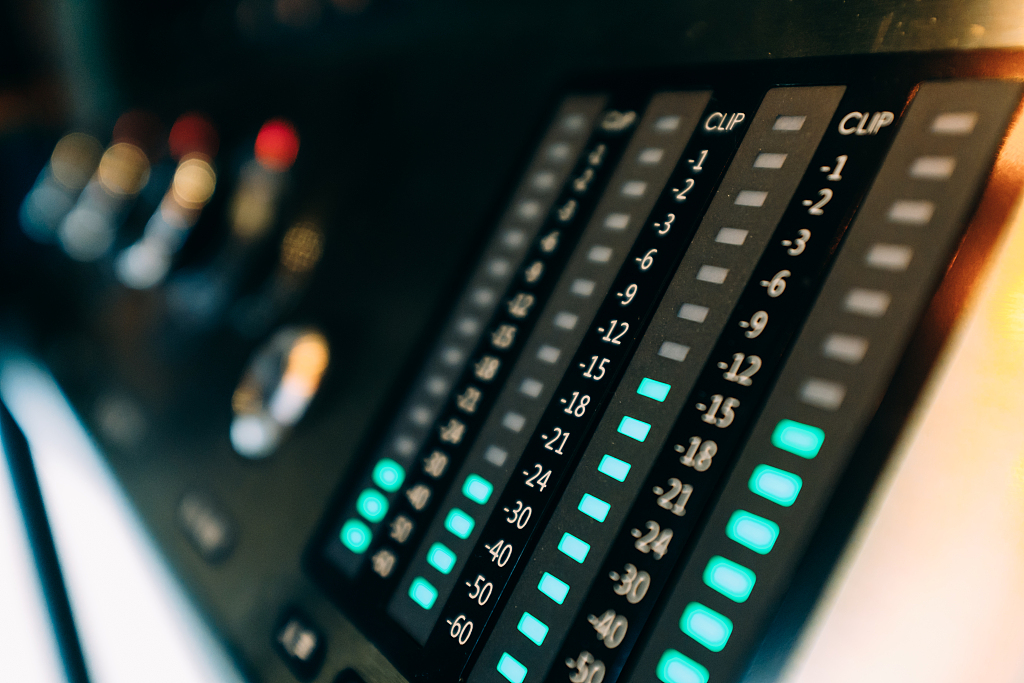Introduction to Elevator Safety Protection Systems
Elevator safety protection systems are critical components designed to ensure the safe operation of elevators, protecting passengers and equipment from potential hazards. These systems incorporate multiple interconnected mechanisms and technologies. Below is a detailed introduction to their key components and functions:
1. Door Protection System
· Function: Prevents accidents caused by sudden door closure or entrapment.
· Components:
· Safety Edges/Sensor Beams: Use mechanical or infrared sensors to detect obstructions (e.g., passengers, objects) near the doors. If an obstruction is detected, the doors reopen immediately.
· Door Interlocks: Electrically or mechanically lock the doors when the elevator is in motion, ensuring they remain closed until the car is level with the landing.
2. Overload Protection System
· Function: Prevents the elevator from operating when overloaded, avoiding mechanical stress and potential crashes.
· Components:
· Load Sensors: Installed on the elevator car’s suspension system or floor to measure weight. If the weight exceeds the rated capacity, the elevator refuses to start and alerts passengers with a buzzer or indicator light.
· Alarm System: Provides visual and audible warnings when overload occurs.
3. Emergency Brake System
· Function: Halts the elevator car immediately in case of uncontrolled movement (e.g., free fall).
· Components:
· Safety Gear: Mechanical devices installed on the sides of the elevator car or counterweight. They activate when the elevator exceeds its rated speed, clamping onto the guide rails to stop the car abruptly.
· Governor: A speed-sensitive device that triggers the safety gear when the elevator speed exceeds a predefined threshold (typically 115% of the rated speed).
4. Emergency Power Supply System
· Function: Ensures elevator operation or emergency features work during power outages.
· Components:
· Battery Backup/UPS (Uninterruptible Power Supply): Provides temporary power to operate lights, ventilation, and communication systems.
· Emergency Lighting: Illuminates the car interior to prevent panic and assist passengers during evacuations.

5. Communication and Alarm System
· Function: Enables passengers to seek help during emergencies and allows monitoring of elevator status.
· Components:
· Emergency Call Button: Directly connects to a monitoring center or building management via intercom or phone line.
· CCTV and Voice Announcements: Assist in remote monitoring and provide real-time guidance during emergencies.
· Automatic Rescue Device (ARD): Some systems automatically contact emergency services and announce evacuation instructions if the elevator stops unexpectedly.
6. Over-Current and Over-Voltage Protection
· Function: Safeguards the elevator’s electrical components from damage due to power surges or faults.
· Components:
· Circuit Breakers/Fuses: Interrupt the electrical supply when current or voltage exceeds safe limits.
· Surge Protectors: Divert excess voltage to the ground, preventing damage to control panels and motors.
7. Leveling and Positioning Systems
· Function: Ensures the elevator car stops precisely at each landing, minimizing tripping hazards and facilitating safe entry/exit.
· Components:
· Proximity Sensors/Encoders: Monitor the car’s position relative to landings and adjust speed for accurate leveling.
· Compensating Chains/Cables: Balance the weight of the elevator cables to maintain stability during movement.
8. Fire and Smoke Protection
· Function: Mitigates risks during fires by ensuring safe evacuation or shutdown.
· Components:
· Fire-Resistant Materials: Used in car interiors and shaft construction to delay heat and smoke penetration.
· Fire-Recall System: Automatically sends the elevator to the designated fire exit floor, unlocks doors, and prevents further operation (except for firefighter use).
9. Regular Maintenance and Testing
· Function: Ensures all safety components remain operational through scheduled inspections and tests.
· Key Practices:
· Monthly Inspections: Check door functions, sensors, and emergency equipment.
· Annual Load Tests: Verify overload protection and safety gear effectiveness.
· Certifications: Compliance with international standards (e.g., ISO 14798, EN 81 series) and local regulations.
Conclusion
Elevator safety protection systems integrate mechanical, electrical, and electronic technologies to create a multi-layered safety net. By combining preventive measures (e.g., overload protection), emergency response mechanisms (e.g., safety gear), and communication tools, these systems significantly reduce risks and ensure reliable, secure elevator operation. Regular maintenance and adherence to safety standards are essential to maintaining their effectiveness.
